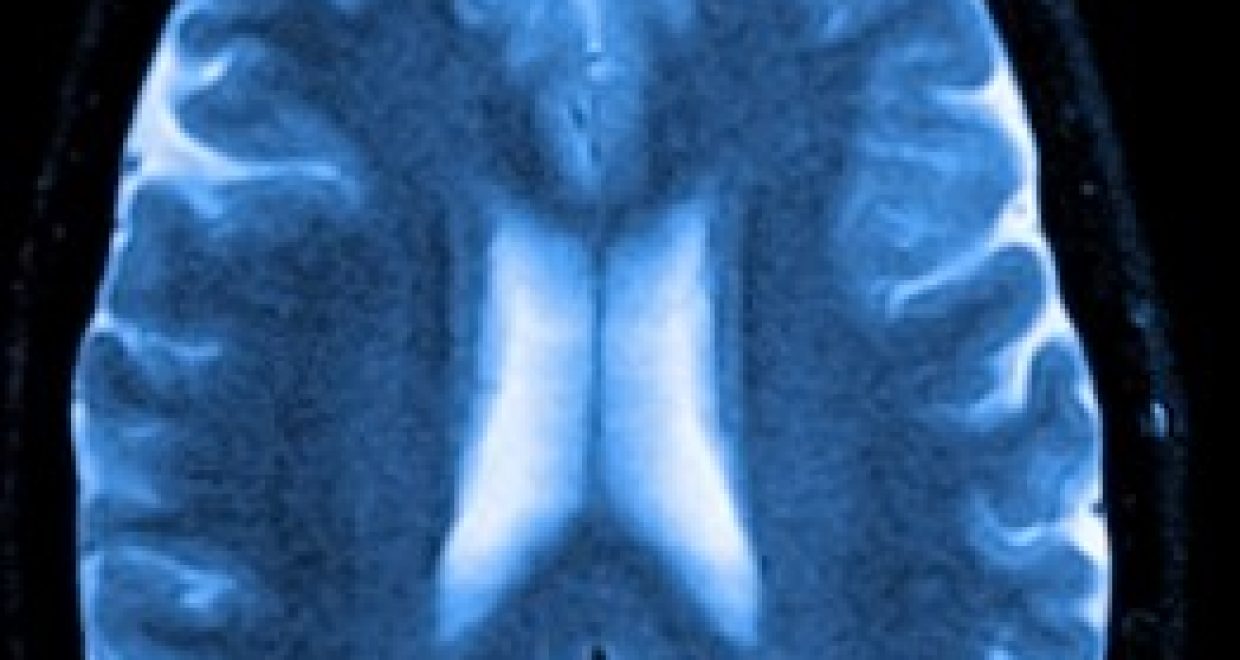Nature vs nurture – a neurological insight
As the nature vs nurture battle continues to rage, a special issue of Twin Research and Human Genetics offers new insights to the debate, with a special issue dedicated to the Genetics of brain structure and function.
Twin and family studies have found that human behavior is under substantial genetic control. Genes cause people not only to have certain physical appearance (which is the reason why monozygotic twins look so much alike), but also how they behave, how they develop as a child, and whether they are at risk for neurological disease or psychiatric disorders. The pathways through which genes are linked to behaviors (normal or deviant) must be mediated in the brain.
The issue highlights the advances made in the field of imaging genetics, combining high profile genetic methodology with the best of imaging in human neuroscience. Papers focus on the link between genetics and brain characteristics found to be relevant for human behavior and include studies with state-of-the-art neuroimaging tools and novel data analysis techniques on unique samples including schizophrenia patients and their unaffected siblings, neonatal twins, and baboons.
The genetics of brain imaging phenotypes is a prime area of research for the further exploration of how genes are linked to behavior. The studies presented in this special issue represent an important step toward the holy grail of imaging genetics research – identification of causal functional variants by searching the genome for association to a brain-based trait linked with increased risk for a neuropsychiatric disease.
Read the full editorial from the issue here
View the table-of-contents for this special issue here
Twin Research and Human Genetics communicates the results of original research covering the broad spectrum of multiple birth research. It also provides timely state-of-the-art reviews on all aspects of twin studies. Topics covered in the journal include behavioral genetics, complex diseases, endocrinology, foetal pathology, genetics, obstetrics, paediatrics, and psychiatric genetics.






